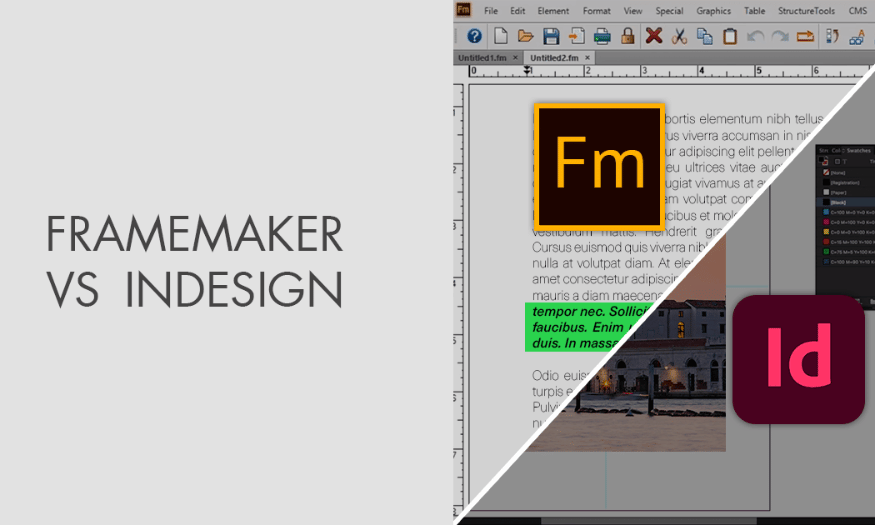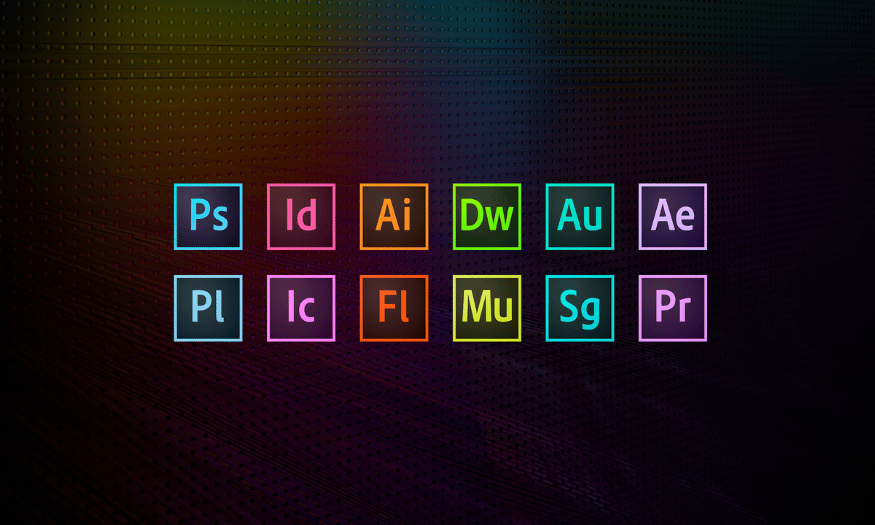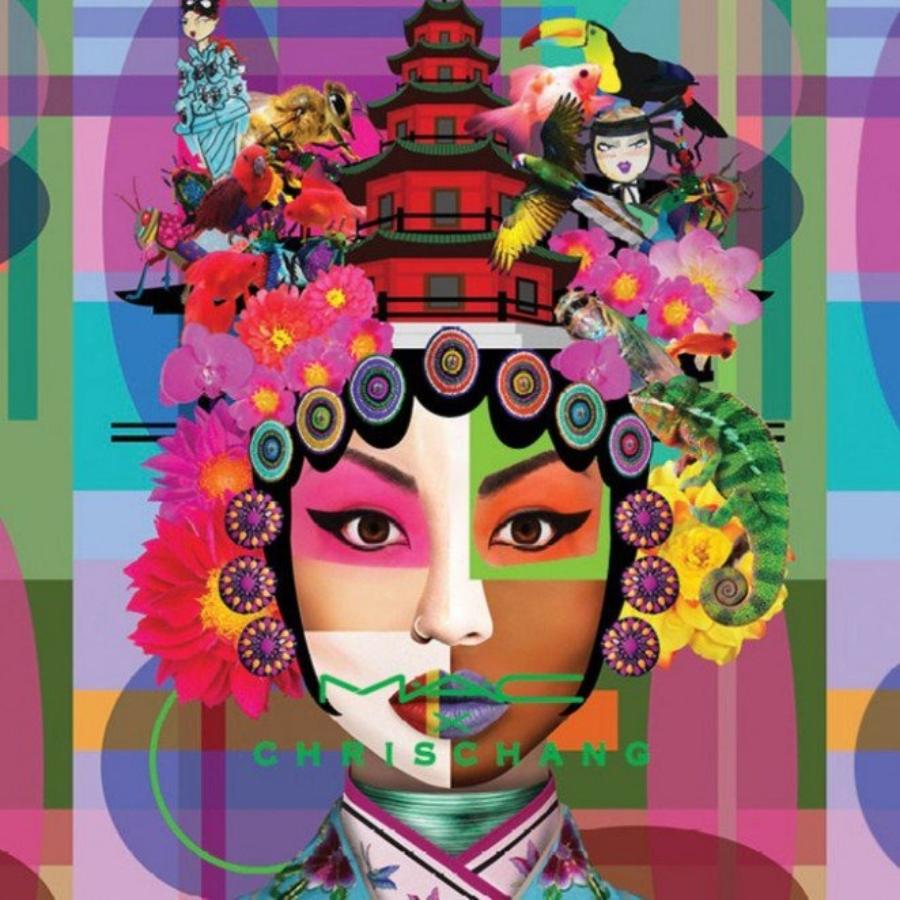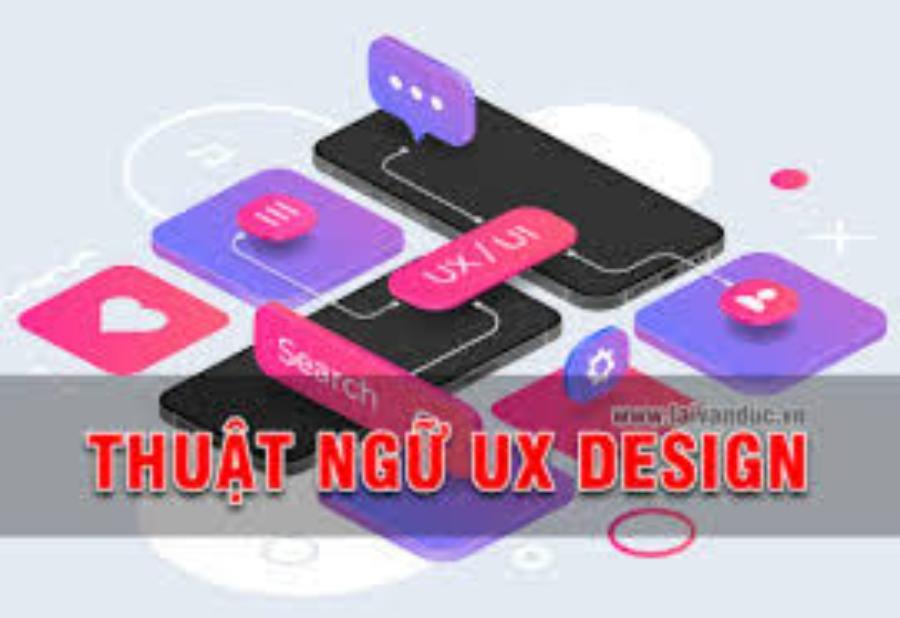Best Selling Products
Trend 2025: Art Creation Using Artificial Intelligence
Nội dung
- 1. Things you need to know if you want to create art with artificial intelligence
- 2. How is artificial intelligence applied in art?
- 3. Outstanding applications of artificial intelligence in art
- 3.1 Visual arts
- 3.2 Music Creation
- 3.3 Cinema and media
- 4. The most advanced AI tools for artistic creation
- 5. The debate over creativity and authorship in AI-generated art
- 6. Use of AI in Film and Animation
- 7. The Ethical Implications and Risks of AI-Generated Art
- 8. The balance between technology and human life
- 9. Conclusion
Artificial Intelligence (AI) is becoming an integral part of modern life, opening up new opportunities not only in technology but also in art. Advanced technologies such as machine learning, neural networks and natural language processing are changing the way artists create and audiences enjoy art. From creating paintings, music to movies, AI is not only a supporting tool but also a creative partner, promising to reshape art trends in 2025 and beyond.
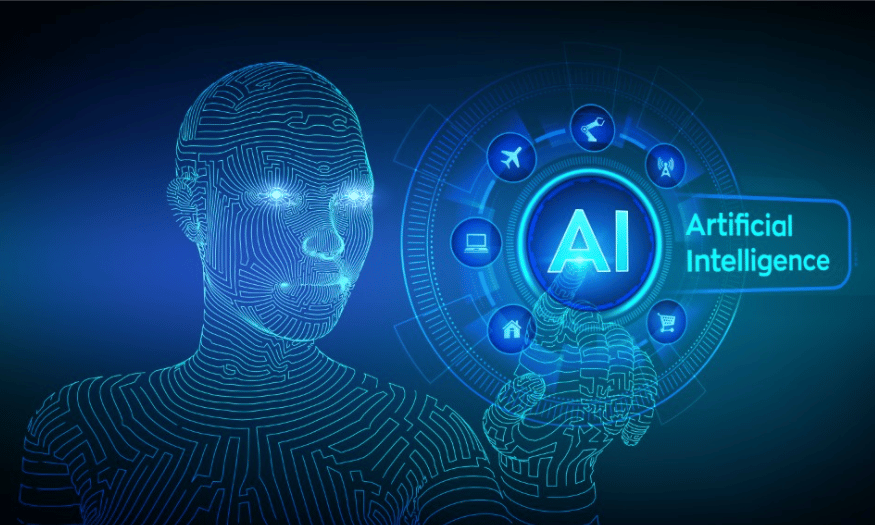
Artificial Intelligence (AI) is becoming an integral part of modern life, opening up new opportunities not only in technology but also in art. Advanced technologies such as machine learning, neural networks and natural language processing are changing the way artists create and audiences enjoy art. From creating paintings, music to movies, AI is not only a supporting tool but also a creative partner, promising to reshape art trends in 2025 and beyond.
1. Things you need to know if you want to create art with artificial intelligence
Artificial intelligence (AI) is revolutionizing the art world in ways few could have imagined just a few years ago. From digital painting to algorithmically generated music, AI technology is redefining creativity and questioning the role of the human artist. But to what extent can AI be viewed as a creative tool, rather than just a technical means?
In this article, we will explore how AI is transforming art, analyzing its applications in different fields, prominent creative tools, and the ethical issues it raises. We will also look at real-life examples of artists and designers incorporating this technology into their work, and how this affects narrative and authenticity in contemporary art.
.png)
2. How is artificial intelligence applied in art?
AI is revolutionizing artistic creation in many fields such as painting, music, and film. This technology allows artists to explore new possibilities, from creating unique images to composing music in ways never before seen. Applying AI to art is not only effective but also opens up interesting creative paths.
There are many outstanding AI tools such as MidJourney and DALL-E 2 that make it easy for artists to create impressive works with just a few commands. These tools not only save time but also encourage free-flowing creativity, allowing artists to break free from the constraints of traditional techniques. The rapid development of AI is forcing us to rethink the way we create art.
However, the development of AI also raises many questions about copyright and ethical issues. When a work is created by AI, who owns it? These questions affect not only artists but the entire art industry, as legal issues become increasingly complex. While AI has the potential to optimize the creative process, human emotion and depth cannot be replaced.
.png)
3. Outstanding applications of artificial intelligence in art
3.1 Visual arts
AI has opened up opportunities for creating unique visual art. Models like Generative Adversarial Networks (GANs) allow artists to create paintings from learned examples, expanding their creative capabilities. Artists can now input descriptive information and AI will generate corresponding images, bringing a level of novelty and creativity that humans would find difficult to achieve on their own.
AI tools also allow artists to apply the styles of famous artists to their work. This not only helps artists find new ways of expression but also creates an interesting experience for viewers. The combination of humans and machines is creating a new dialogue where artists are not only creators but also co-creators with AI.
3.2 Music Creation
In the music industry, AI has also begun to generate music from existing data. Algorithms like Suno AI help musicians develop rich melodies, opening up creative possibilities they may not have otherwise explored. This not only saves time but also encourages musical innovation.
AI also has the ability to analyze and synthesize sounds, suggesting new ideas to musicians. The combination of technology and art brings a rich creative space. However, the issue of copyright in music also needs to be carefully considered. When a piece of music is created by AI, can it be considered an artist's creation?
.png)
3.3 Cinema and media
In the film industry, AI is becoming an important part of the production process. AI technologies are capable of generating scripts, saving filmmakers time and effort. When AI can analyze millions of films to understand the factors that make them successful, it can create more compelling stories.
AI also helps optimize the video editing process, from identifying the best shots to creating special effects. These tools not only save time but also improve the quality of the final product. The combination of artists and technology in cinema is creating a rich creative environment, opening the door to new and unique ideas.
4. The most advanced AI tools for artistic creation
Today, artificial intelligence is becoming an integral part of the artistic creation process, opening up new possibilities for artists. AI platforms and tools have been developed to help users create unique and rich works. One of the most prominent tools is MidJourney, where users can explore creativity through detailed and realistic images. With the ability to create vivid paintings, MidJourney attracts not only artists but also art lovers.
Another notable tool is DALL-E 2 , developed by OpenAI. This technology allows users to create images from text descriptions with high accuracy, bringing to life ideas that could only be visualized before. With DALL-E 2, creativity is limitless, and anyone can become an artist with just a few lines of text. This not only saves time but also encourages endless creativity.
Finally, Dream Studio is a tool used by many design professionals. It offers AI-powered automated illustration generation, helping artists quickly develop ideas and bring them to life. It is not only a creative tool, but also a source of inspiration, opening new doors for artistic exploration.
.png)
5. The debate over creativity and authorship in AI-generated art
One of the most controversial aspects of using AI in art is its impact on creativity and narrative. Many argue that AI is a powerful tool that expands the creative capabilities of artists, allowing them to create unique works without the constraints of traditional techniques or styles. However, others argue that relying on technology can distort the very nature of the creative process, making art more mechanical.
One of the key points of discussion is the issue of autobiography and ownership of AI-generated works. Many platforms use existing art databases to train their systems, which raises concerns about unauthorized use of original content. Once a work is created, who owns the copyright? The artist, the programmer, or the AI itself? These questions affect not only artists, but the entire art industry.
The debate over copyright also opens up a larger issue about the value and meaning of art in the age of technology. When a painting is created by AI, can it convey the same emotion and message as art created by humans? This leads to profound questions about the nature of creativity and the value of art in modern society, forcing us to rethink the definition of art.
6. Use of AI in Film and Animation
The film industry is undergoing a revolution thanks to the application of artificial intelligence. A prime example is the film La Bola , directed by Alfonso Alejandro Coronel Vega in Mexico. The film leveraged AI to optimize the editing and post-production process, allowing filmmakers to save time and money while ensuring the quality of the final product. This transformation not only improves efficiency but also opens up new creative possibilities in film production.
Thanks to AI, filmmakers can automate many aspects of the production process, from color correction to creating complex visual effects. This is especially useful for projects with limited budgets, where these techniques previously required large crews and high costs. However, the presence of AI in the creative process also raises questions about the role of the director and creative team. Are they still storytellers, or simply operators of a tool?
Furthermore, as AI becomes an integral part of film production, we need to think about its impact on the industry. The reliance on technology can lead to a decrease in human creativity. This has many people worried about the future of artists in a world where machines can do many things that were previously only possible for humans.
.png)
7. The Ethical Implications and Risks of AI-Generated Art
In addition to the creative benefits, the use of AI in the arts also poses many ethical challenges. One of the most prominent issues is the potential for misinformation through fake images or deepfakes. These technologies can be used to deceive or manipulate information, causing serious consequences for society. As the technology becomes more accessible, distinguishing between real and fake will become more difficult than ever.
The ability to create hyper-realistic images and videos could also have a negative impact on the design and illustration industry. When AI can create beautiful works in seconds, the need for human artists could decrease, affecting job opportunities in the industry. This not only causes anxiety for artists, but also raises questions about the value of human-made art.
The discussion on regulating AI in the arts is becoming increasingly necessary. Currently, there are no clear regulations on the use of AI models in artistic production, which may lead to complex legal issues in the future. To ensure the sustainable development of art, we need a clear and responsible legal framework for the use of AI, to protect the rights of artists and preserve the value of art in society.
8. The balance between technology and human life
The development of artificial intelligence has opened up incredible possibilities in the field of art. AI allows for the creation of unique and innovative works, but it also raises difficult questions about creativity, copyright, and ethics. The use of AI needs to be carefully considered to ensure that the technology does not completely replace the role of humans in the creative process.
While AI is a powerful tool with great potential, the talent and vision of the artist will still be the deciding factor in bringing meaning and emotion to future creations. Artists have the ability to convey human experiences and emotions that AI cannot replace. The combination of technology and humanity will be the key to creating works of art that have lasting impact and value.
Ultimately, the future of art will depend on how we, as a society, choose to use technology. Maintaining a balance between technological advancement and humanistic values will determine the direction of the art industry in the years to come. Only then can we ensure that art is not just a product of technology, but an integral part of the human experience.
.png)
9. Conclusion
2025 promises to be a groundbreaking year for art created with artificial intelligence. The combination of humans and machines will open up unprecedented possibilities, from creating unique works of art to changing the way we enjoy art. Although there are many challenges to overcome, the future of art with AI will certainly bring richer and more diverse experiences than ever before. Art will not only be a product of human intelligence but will become a living dialogue between humans and technology.









































